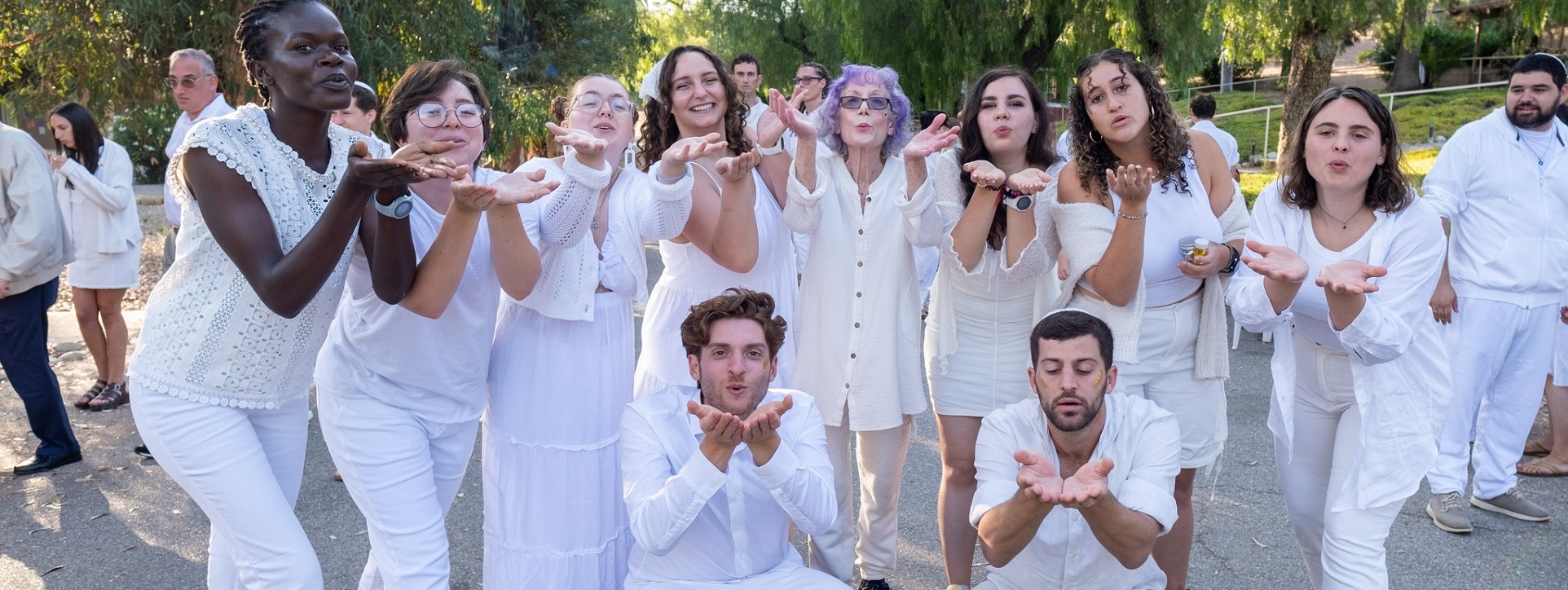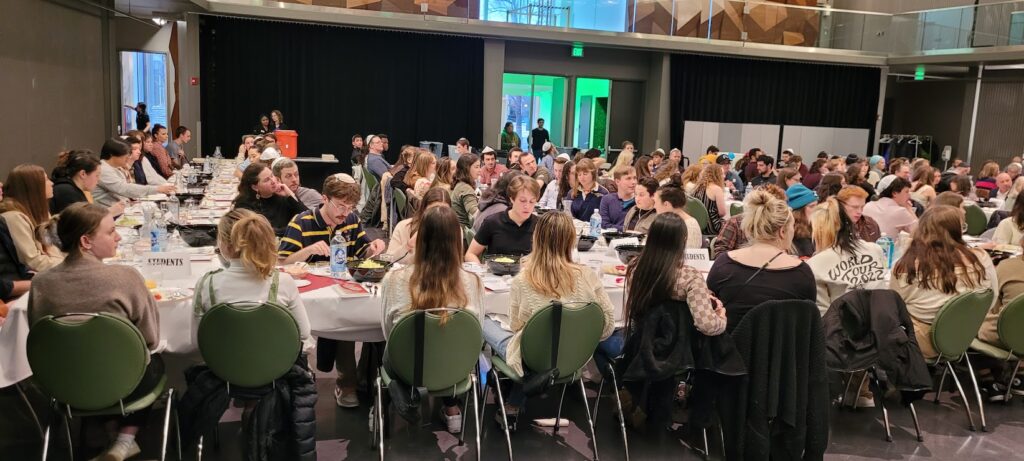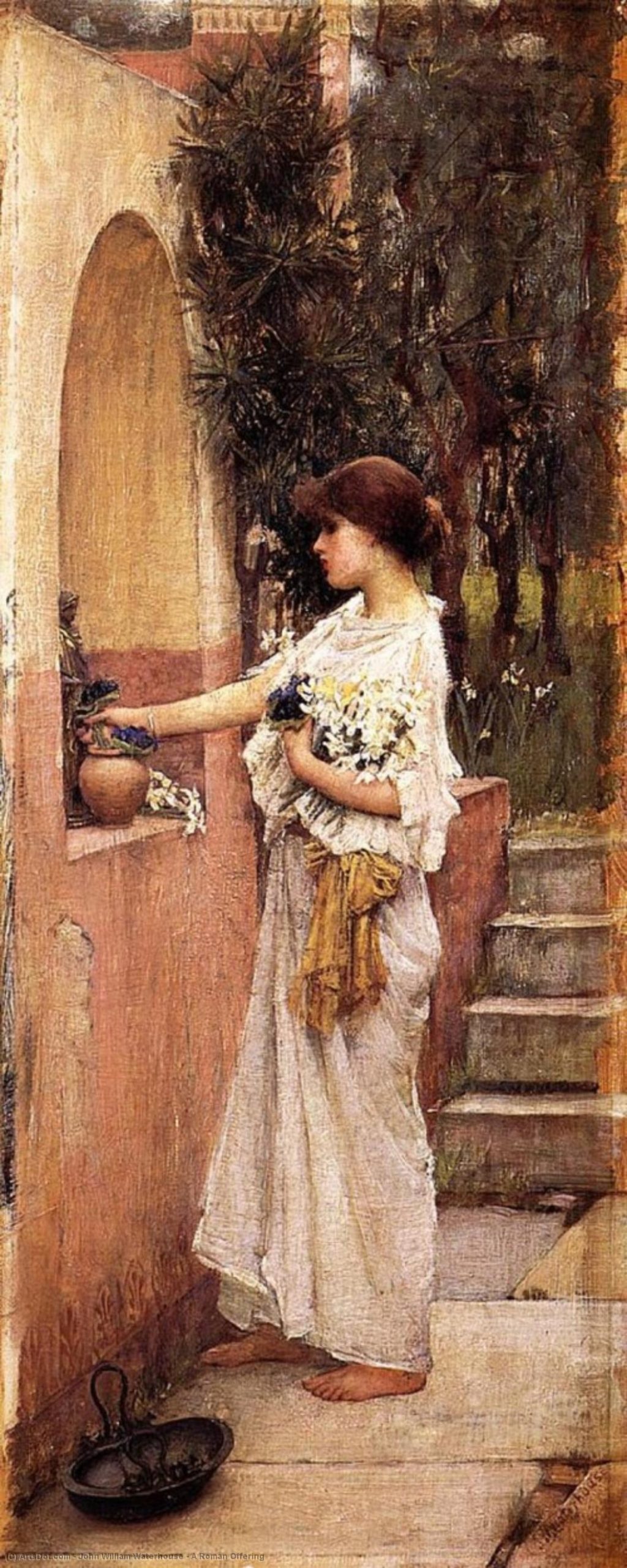“This is the story of how Italian sugar growers in the Sunshine State are said to have inspired
the “invention” of the flat white – a drink that would go on to become a global sensation.
— Garritt Van Dyk – Lecturer at the School of Humanities, Creative Industries and Social Sciences
Meet the friendly faces behind the counter of your favourite vendors across our campuses!
From pharmacies to coffee shops and restaurant dining, we’ve got you covered. ☕
Check out the full list of vendors by campus here 👉 https://t.co/kX50eD2DWJ pic.twitter.com/2jLb9vybX9
— University of Newcastle (@Uni_Newcastle) May 2, 2024





















